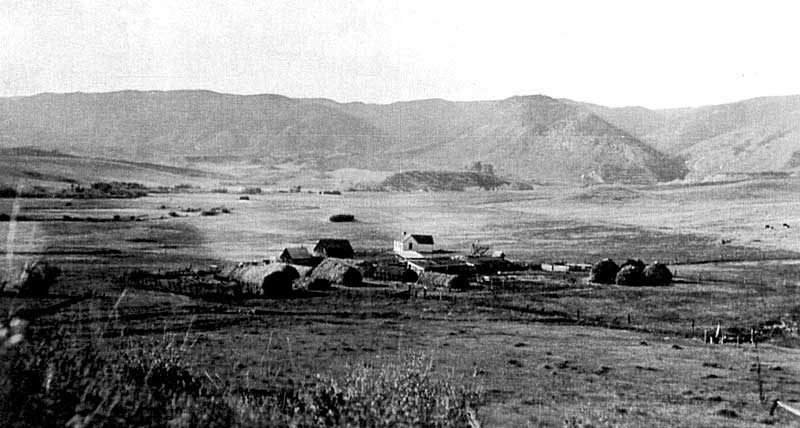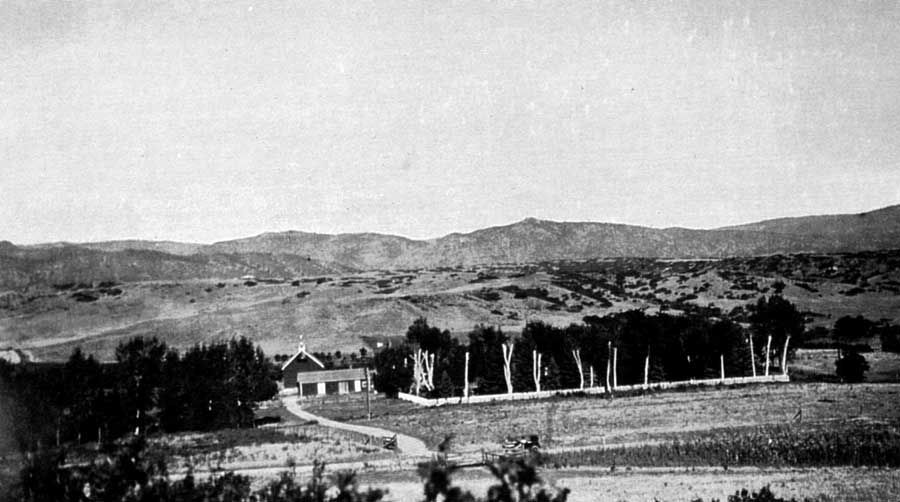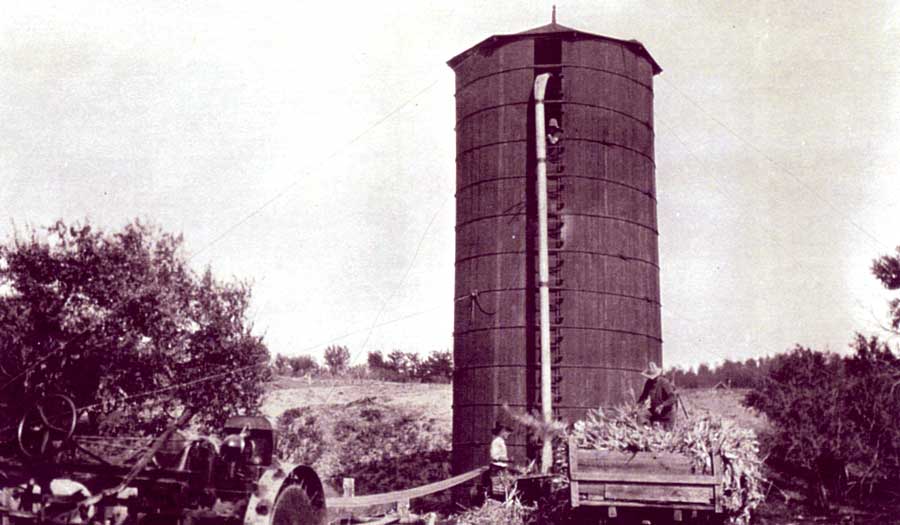
|
U.T. Ranch Upton Treat Smith Upton Treat Smith was a Civil War veteran and was well educated back east. He came to Colorado, as many others did, to try their luck at mining. Seeing that he should make his livelihood along other lines Upton came to Douglas County. Using his years of service to help expedite the time it usually took to prove up a homestead he built a traditional log cabin in 1869. He was situated in West Plum Creek and started ranching with 160 acres. “The report that Upton T. Smith is not competent to attend to duties of treasurer is too silly to need denial, but for the benefit of people who do not know him, the Journal will state that he is thoroughly qualified and that under his supervision the finances of the county will be in excellent shape. The strength of Upton t. Smith as a candidate for treasurer is more apparent every day. He is admirably qualified, he has the respect and confidence of all who know him, he is an old soldier and a good citizen and every man who wants to see the finances of the county in safe hands, will vote for Mr. Smith.” Then in 1904 the paper once again showed support for the incumbent candidate. “It is needless for the Journal to go into an extended write-up of the Democratic candidate for County Treasurer. Mr. Smith is well known to every voter in Douglas County, having filled the office so ably during his official career. People know that the affairs of that office will be properly handled under Mr. Smith’s supervision and are not going to take any chances on a change. He has resided in the county for the past 35 years and nothing but words of commendation can be said of him personally or the conduct of the affairs of his office. Douglas county people believe in holding on to a good man and will retain Mr. Smith in the position he has so ably filled.” In 1900 Upton moved to Castle Rock, retaining the ranch. In 1901 he also served his community as Treasurer of the School Board. While in Castle Rock, by 1902, Upton had a home built of native Rhyolite stone at 403 Cantril Street. Upton Treat Smith died in 1925 in Castle Rock at the age of 85 years. He was a pillar of the community a rancher and a pioneer.
Thanks to the Colorado Historic Newspaper Collection; US Federal Census; Douglas County a Historical Journey by Josephine Marr; Biographical Record; and the Town of Castle Rock’s walking tour brochure. |


